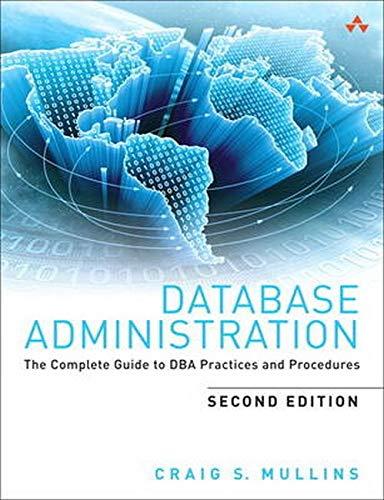Question
Q.Suppose you have two data frames described by the following: DF1
Q.Suppose you have two data frames described by the following:
DF1 <- data.frame(wages1 = rlnorm(100, meanlog = log(50000)), pension1 = rlnorm(100, meanlog = log(1e+05)))
DF2 <- data.frame(wages2 = rlnorm(100, meanlog = log(50000)), pension2 = rlnorm(100, meanlog = log(1e+05)))
Use the map2 function to create a function that adds the two together and generates a combined household income data frame called hhinc.
Q.Return to the wage data we generated in Question 3. S uppose each wage dataset had IDs as shown below:
DF1 <- data.frame(wages1 = rlnorm(100, meanlog = log(50000)), pension1 = rlnorm(100, meanlog = log(1e+05)), hhid = 1:100)
DF2 <- data.frame(wages2 = rlnorm(100, meanlog = log(50000)), pension2 = rlnorm(100, meanlog = log(1e+05)), hhid = 1:100)
Merge the two data frames using plyr join.
Step by Step Solution
There are 3 Steps involved in it
Step: 1

Get Instant Access to Expert-Tailored Solutions
See step-by-step solutions with expert insights and AI powered tools for academic success
Step: 2

Step: 3

Ace Your Homework with AI
Get the answers you need in no time with our AI-driven, step-by-step assistance
Get Started


